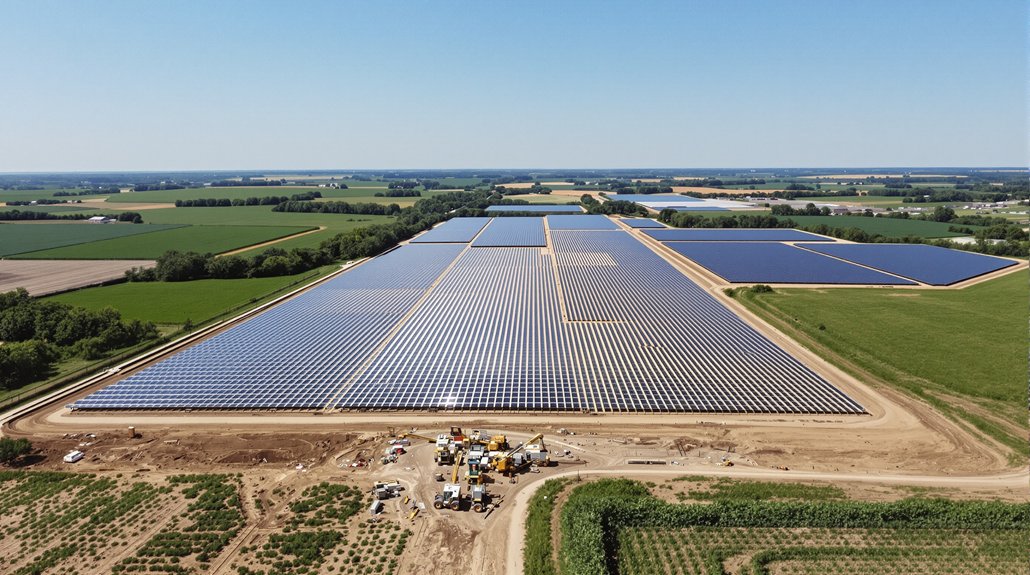While the energy terrain continues to evolve at breakneck speed, residential solar storage systems are emerging as the undisputed champion of home energy solutions. Germany, always the overachiever in renewable technology, has found a brilliant way to repurpose dead EV batteries into residential storage units. Talk about recycling on steroids.
The market isn’t just growing—it’s exploding. With a 9.3% CAGR pushing toward a $45.8 billion valuation by 2030, this isn’t some hippie pipe dream anymore. It’s big business. Asia-Pacific countries like Japan and China are leading the charge because, well, they actually take climate policy seriously. North America and Europe aren’t far behind, though. High electricity prices have a funny way of making people suddenly care about solar.
Lithium-ion technology still dominates the scene, but newcomers like solid-state and sodium-ion batteries are knocking at the door. Battery prices have crashed below $100/kWh. That’s insane progress in just a decade. The Germans aren’t just recycling EV batteries; they’re completely reimagining how these systems integrate with home energy networks. Virtual Power Plants are revolutionizing how residential batteries contribute to grid stability by aggregating distributed energy resources.
Payback periods of 4-7 years are making homeowners finally pull the lever. Nothing motivates Americans like saving money, right? Rising utility costs, more EVs in driveways, and the genuine fear of sitting in the dark during the next mega-storm have people reconsidering their energy options. Unlike geothermal energy with its impressive 96% capacity factor, home solar storage requires thoughtful planning to maximize efficiency. Pacific Gas and Electric has implemented five rate increases in 2024 alone, pushing even more homeowners toward solar independence.
Sure, challenges exist. The market took a 13% hit in Q1 2025, and politicians keep threatening to axe tax credits because apparently, energy independence isn’t “sexy” enough. High interest rates aren’t helping either.
But here’s the twist: residential storage is becoming essential to grid stability. California already uses 13 GW of batteries to keep the lights on. Germany’s innovation in repurposing EV batteries could be the tipping point that makes home solar storage mainstream. The transformation isn’t coming—it’s already plugged in and charging.
References
- https://enact.solar/2025-trends-us-solar-and-storage-market/
- https://www.acebattery.com/blogs/residential-energy-storage-market-trends-2025
- https://seia.org/research-resources/solar-market-insight-report-q2-2025/
- https://www.eia.gov/todayinenergy/detail.php?id=64586
- https://www.solarpowerworldonline.com/2025/01/2025-predictions-for-energy-storage-safety-and-growth/








